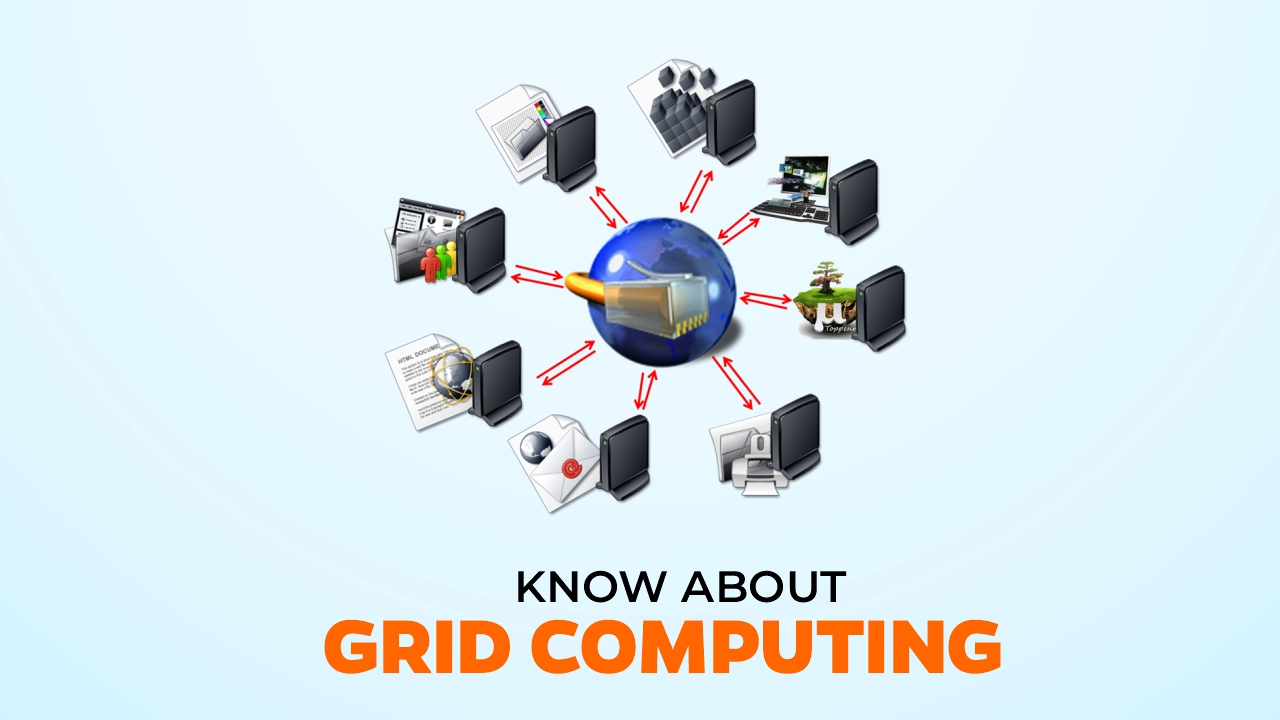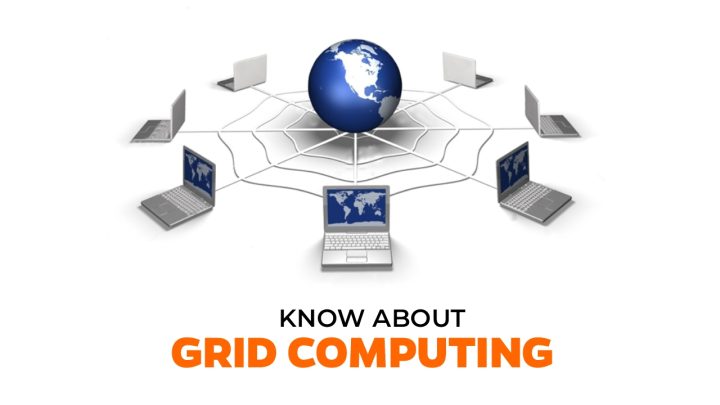Grid computing is a type of distributed computing that links multiple computers to form a virtual supercomputer, allowing for the sharing of resources and data. It is used to solve complex computing problems that require a lot of computing power.
In a grid computing; individual computers often referred to as “nodes” are connected to form a virtual supercomputer. These nodes can be located in different geographical locations and can vary in terms of hardware specifications and operating systems. The grid computing infrastructure enables the efficient utilization of these distributed resources, making it possible to tackle computationally intensive tasks that would be impractical for a single machine.
One of the key advantages of grid computing is its ability to provide high-performance computing capabilities to organizations without the need for significant investments in specialized hardware. By leveraging idle computing resources across the grid, the overall processing power can be significantly increased, resulting in faster and more efficient execution of tasks.
Grid computing is particularly well-suited for scientific research, where large-scale data analysis and simulations are common. By distributing the computational workload across multiple nodes, researchers can accelerate their work and obtain results more quickly. Grid computing has been used in various scientific domains including physics, biology, chemistry and climate modelling.

Another area where grid computing has found applications is in business and industry. Organizations can use grid computing to optimize their operations such as running complex simulations, analyzing large datasets or performing resource-intensive calculations. This can lead to cost savings, improved decision-making and enhanced productivity.
To enable grid computing, specialized software is used to manage and coordinate the allocation of tasks to different nodes in the grid. These software systems often referred to as middle ware, provide the necessary tools and services for efficient resource sharing and task scheduling. They handle the distribution of workloads, data management, security and fault tolerance ensuring the reliability and performance of the grid computing infrastructure.
Grid computing is closely related to other distributed computing paradigms, such as cluster computing and cloud computing. While cluster computing focuses on a group of interconnected computers within a single location, grid computing extends this concept to a larger scale, encompassing geographically distributed resources. Cloud computing, on the other hand, provides on-demand access to computing resources, often in a virtualized environment while grid computing focuses on resource sharing and collaboration.
In conclusion, grid computing offers a powerful and flexible solution for organizations seeking to leverage distributed computing resources. By harnessing the collective power of multiple computers grid computing enables efficient and scalable processing of complex tasks and large datasets. With its widespread applications in scientific research, business and industry grid computing continues to play a crucial role in accelerating innovation and driving advancements in various fields.
